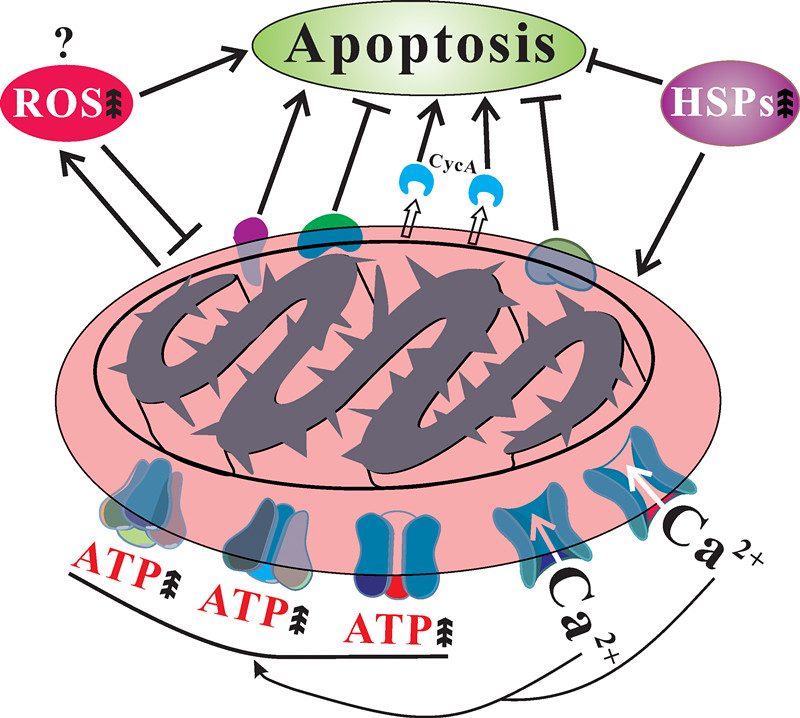Fungal Culture Degeneration Is Connected with Mitochondrial Dysfunctions
Filamentous fungi including different mushrooms and medicinal fungi frequently degenerate during subculturing on artificial media. The degenerated cultures demonstrate the loss or reduction abilities of sporulation, sexuality, fruiting-body formation and or production of secondary metabolites, thus leading to the great economic losses. The mechanisms of highly frequent and spontaneous fungal culture degeneration remain unclear.
A group led by Prof. WANG Chengshu from the Institute of Plant Physiology and Ecology, Shanghai Institutes for Biological Sciences once reported that the frequency of fungal degeneration was associated with medium nutrient levels and cellular accumulation of a high level of reactive oxygen species and mitochondrial DNA glycation occurred in the degenerated fungal cells.
By using Aspergillus nidulans as a model, the graduate student LI Lin and colleagues conducted a comparative mitochondrial proteomic analysis under the supervision of Prof. WANG Chengshu. Taken together with the verifications of cell biology and biochemical analyses, they reported that fungal culture degeneration demonstrated the characteristics of cell apoptosis, including the increased production of ATP, cytochrome c release, calcium overload and up-regulations of apoptosis-inducing factors in the mitochondria of degenerated culture. However, the degenerated cultures did not show instant symptom of cell death due to the up-regulations of stress-response proteins, anti-apoptotic factors and DNA repair proteins. The data of this study facilitate the understanding of fungal degeneration and provide biomarkers to monitor fungal culture degeneration.
This work entitled “Linkage of oxidative stress and mitochondrial dysfunctions to spontaneous culture degeneration in Aspergillus nidulans” has been published in the journal of Molecular & Cellular Proteomics on December 17, 2013. This research was supported by the grants from NSFC and CAS.
Characteristic features of mitochondrial dysfunctions in degenerated fungal culture (Image by Dr. WANG Chengshu’s group)
